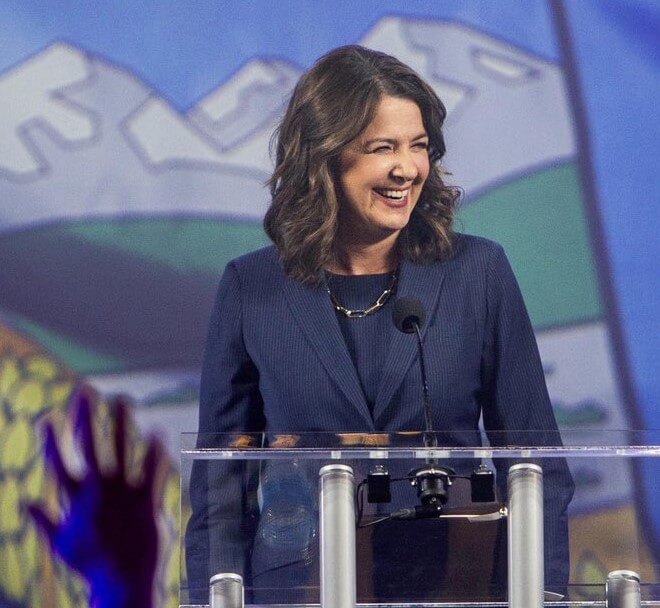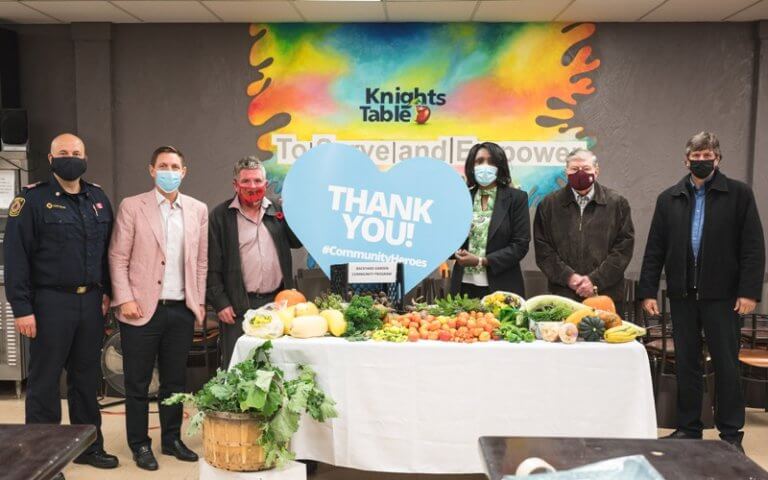Canada and Ontario invest in road infrastructure for rural communities in Northern, Central and Eastern Ontario
The Voice of Canada News:
The governments of Canada and Ontario recognize the different ways that the COVID-19 pandemic has impacted smaller and rural communities across the province. Both governments are making strategic investments in infrastructure to meet the specific needs of rural and northern Ontario municipalities and help them strengthen their local economies.
Marc G. Serré, Member of Parliament for Nickel Belt, on behalf of the Honourable Maryam Monsef, Canada’s Minister of Women and Gender Equality and Rural Economic Development; and the Honourable John Yakabuski, Minister of Natural Resources and Forestry, and Member of Provincial Parliament for Renfrew—Nipissing—Pembroke, on behalf of the Honourable Laurie Scott, Ontario’s Minister of Infrastructure, announced funding for eight road and bridge projects in Northern Ontario. They were joined by his Worship, Stephen Salonin, Mayor of the Municipality of Markstay-Warren.
These projects will improve various streets, roads, and a bridge. In Markstay-Warren, $4.4 million in federal and provincial funding is being invested in resurfacing, improvements to shoulders and drainage, and the replacement of driveway culverts for approximately 5.5 kilometers of streets. The project will improve road safety and reliability.
In Wasauksing First Nation – Parry Island, the reconstruction of about 16 kilometres of Wawbawzee Road will improve access to the First Nation territory for residents, visitors and emergency vehicles, year-round.
In addition, the reconstruction of the Krugerdorf Bridge will replace the current 3-span, 60 metre bridge with a shorter span, improving drainage and the roadway. The new bridge will be safer and more reliable for residents of the Township of Chamberlain.
The Government of Canada is investing over $16.7 million in these projects through the Rural and Northern Communities Infrastructure Stream of the Investing in Canada infrastructure plan. The Government of Ontario is contributing more than $8.3 million for these important infrastructure projects in these communities, while municipalities are contributing over $2.7 million towards the projects and the Wasauksing First Nation is contributing $330,215 towards its project.
The governments of Canada and Ontario are working in collaboration with their partners to support jobs, improve communities and build confidence as we safely and sustainably restore economic growth.
QUICK FACTS
Through the Investing in Canada infrastructure plan, the Government of Canada is investing more than $180 billion over 12 years in public transit projects, green infrastructure, social infrastructure, trade and transportation routes, and Canada’s rural and northern communities.
$2 billion of this funding is supporting infrastructure projects that meet the unique needs of rural and northern communities like facilities to support food security, local access roads and enhanced broadband connectivity.
Across Ontario, the Government of Canada has invested more than $2.5 billion in infrastructure under the Investing in Canada infrastructure plan.
Ontario is investing $10.2 billion under the Investing in Canada Infrastructure Program to improve public transit; community, culture and recreation; green, and rural and northern community infrastructure.
The Rural Economic Development Strategy leverages ongoing federal investments and provides a vision for the future, identifying practical steps to take in the short term, and serving as a foundation to guide further work.
Central to Canada’s Connectivity Strategy are historic new investments that are mobilizing up to $6 billion toward universal connectivity. They include a top-up to the Connect to Innovate Program, a new Universal Broadband Fund, and investments from the Canada Infrastructure Bank.
On July 9, 2020, Ontario launched the $150-million Improving Connectivity for Ontario program to fund broadband and cellular infrastructure projects where there is a need for better service. This is part of the province’s $315 million initiative Up to Speed: Ontario’s Broadband and Cellular Action Plan.






